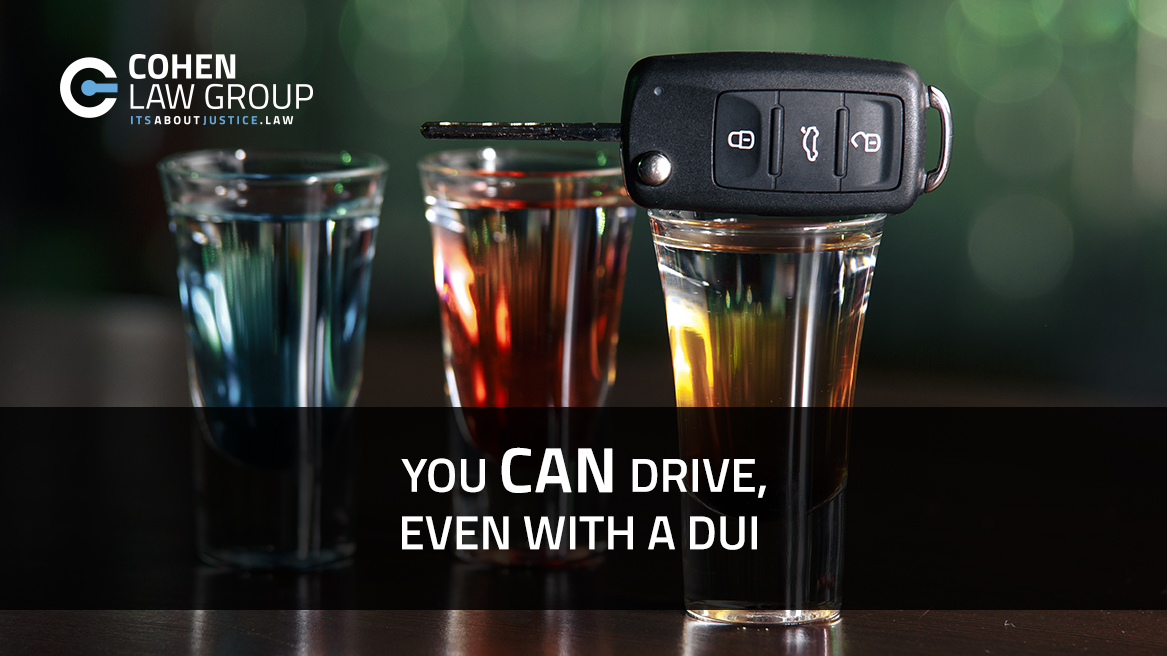Driving under the influence, or DUI, is a serious offense that can often lead to severe consequences. The gravitas of the situation can leave you feeling as if your freedom to drive has vanished, but the reality is more nuanced. Have you ever wondered what your options are after a DUI conviction? Can you really get behind the wheel again? Let’s explore the intricacies of this pressing issue, demystifying the laws and investigating the potential paths forward.
First, it’s essential to understand exactly what a DUI entails. Driving under the influence typically involves operating a vehicle while impaired by alcohol, drugs, or a combination of both. The legal ramifications vary by state, but the repercussions often include hefty fines, mandatory attendance at educational programs, and, in many cases, the loss of your driving privileges.
After a DUI conviction, the prospect of being behind the wheel again may seem bleak. However, it’s important to recognize that losing your license is not necessarily permanent. Many jurisdictions allow for avenues of reinstatement, albeit with certain stipulations. Typically, these include fulfilling specific requirements such as completing a period of license suspension, passing a drug or alcohol assessment, and sometimes attending rehabilitation programs.
Imagine the moment you receive the letter notifying you of your suspension. It’s an unsettling experience, one that ensconces a sense of helplessness. Nevertheless, retaining a sense of agency is crucial in navigating your way through this period. You will generally need to wait out the suspension period, which could range from a few months to several years depending on the circumstances surrounding the offense and your history with the law.
During this time, it’s beneficial to explore the possibility of obtaining a hardship or restricted license. In several states, individuals can apply for such licenses that allow minimal driving—for instance, for work or school commutes. These permits can offer a glimmer of hope for those feeling the repercussions of their actions, empowering them to lead a semblance of normalcy while fulfilling legal requirements for reinstatement.
As you think about your future driving options, don’t overlook the importance of education. Attending DUI education programs can aid in not just understanding the legal implications of your actions but also instilling genuine awareness about the dangers of impaired driving. Such programs can significantly bolster your case when attempting to regain your driving privileges. Knowledge is power, and in many cases, it can mitigate the harsh realities that follow a DUI.
Moreover, engaging in community service or showcasing commitment to responsible driving could positively influence the perception of evaluators tasked with determining your eligibility for reinstatement. Establishing a pattern of responsibility may reflect your willingness to change and will likely be taken into account by judges or licensing boards.
Regarding the topic of insurance, it’s vital to confront the fact that after a DUI, you will likely experience increased premiums or, in some cases, may even be required to obtain an SR-22 certificate as proof of financial responsibility. While this may seem like an insurmountable hurdle, it’s an opportunity to shop around for insurance rates with different providers. Some companies might view you more favorably than others. The challenge could turn into a new chance for finding better coverage at a reasonable rate.
After meeting the necessary conditions and waiting out the suspension period, you may finally be wondering, “How do I go about reinstating my driving privileges?” The process often varies by state but commonly involves submitting an application for reinstatement, paying any applicable fees, and possibly attending a hearing where you can present your case for regaining your license. Being well-prepared is critical; having documents in order can streamline this process and speed up your return to driving.
Yet another question arises: What if you find yourself in the unfortunate position of facing a second DUI? This situation tends to amplify the complexities surrounding the reinstatement process. Repeat offenders often encounter more stringent requirements, which may include a longer waiting period, more intensive educational programs, or additional evaluations. It emphasizes the importance of being proactive in overcoming the challenges that arise from one’s choices.
Maintaining a clean slate following a DUI is crucial. Once you regain your ability to drive, it’s vital to implement responsible habits to prevent any future incidents. Establishing a routine that supports sober driving, such as planning ahead for transportation alternatives or abstaining from substances before getting behind the wheel, can create a new and safer pattern in your driving behavior.
In essence, navigating the aftermath of a DUI conviction requires patience, education, and a commitment to change. Yes, you can drive again, but this journey is not merely about restoring privileges; it’s about adopting a responsible mindset and a renewed respect for the laws of the road. The road to recovery and reinstatement is paved with effort and change, steering you back towards a life where you can once again embrace the freedom of driving. Reclaim your independence, and let the experience become a catalyst for personal growth. What steps will you take to redefine your driving narrative? The choice is yours, and the road ahead lies open, waiting for you to take the next step.
